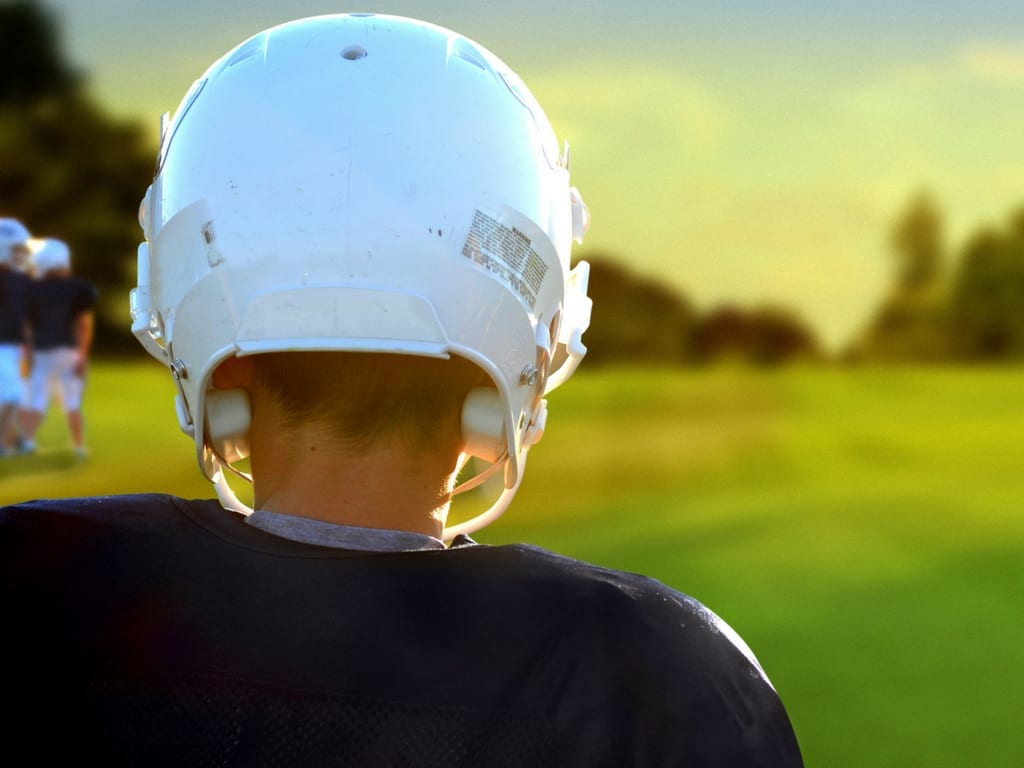by Dr. Jaye Myers
Concussion is an acute brain injury which results in an immediate but temporary alteration in brain function. Concussion is a fairly common occurrence in youth sports. In boys’ sports, football reports the highest rate of concussions. For girls, the most concussions occur in soccer and basketball. Because the brains of young athletes are still developing, they may be more susceptible to the effects of a concussion.
Headache and mental “fogginess” are the most common symptoms of concussion. Loss of consciousness occurs in less than 10% of concussions, but when present, along with amnesia, may be an indicator of more serious injury. Contrary to what many people think, brain imaging with a CT or MRI provides little to no assistance in diagnosing a concussion.
One of the most important considerations for young athletes who have suffered a concussion is deciding when they may safely return to their sport. The term “second-impact syndrome” describes the injury of an athlete who receives a second concussion before clearing the symptoms of the first. This can have devastating and long-term neurological effects, even leading to death. Because of this, assuring complete clearance of symptoms prior to return to play is essential.
Cognitive rest, or rest from activities involving concentration or mental exertion is needed early in the recovery period. This may include a leave of absence from school with slow return to a full school day. This period of rest should also include not playing video games or watching television, as these may exacerbate symptoms.
Physical rest is equally as important for concussion recovery and may be the hardest for young athletes to be compliant with. A graded return to physical activity should be coordinated with the athlete’s doctor and well-communicated to coaches to ensure the best outcome for the athlete in the long term.
Despite much study, nothing has been found to decrease the incidence of concussion in sports. The responsibility falls with parents, coaches, and athletes to recognize the symptoms of a concussion and to provide the recovery time needed to give the best outcomes.
See Also: Child’s Sports Physical

